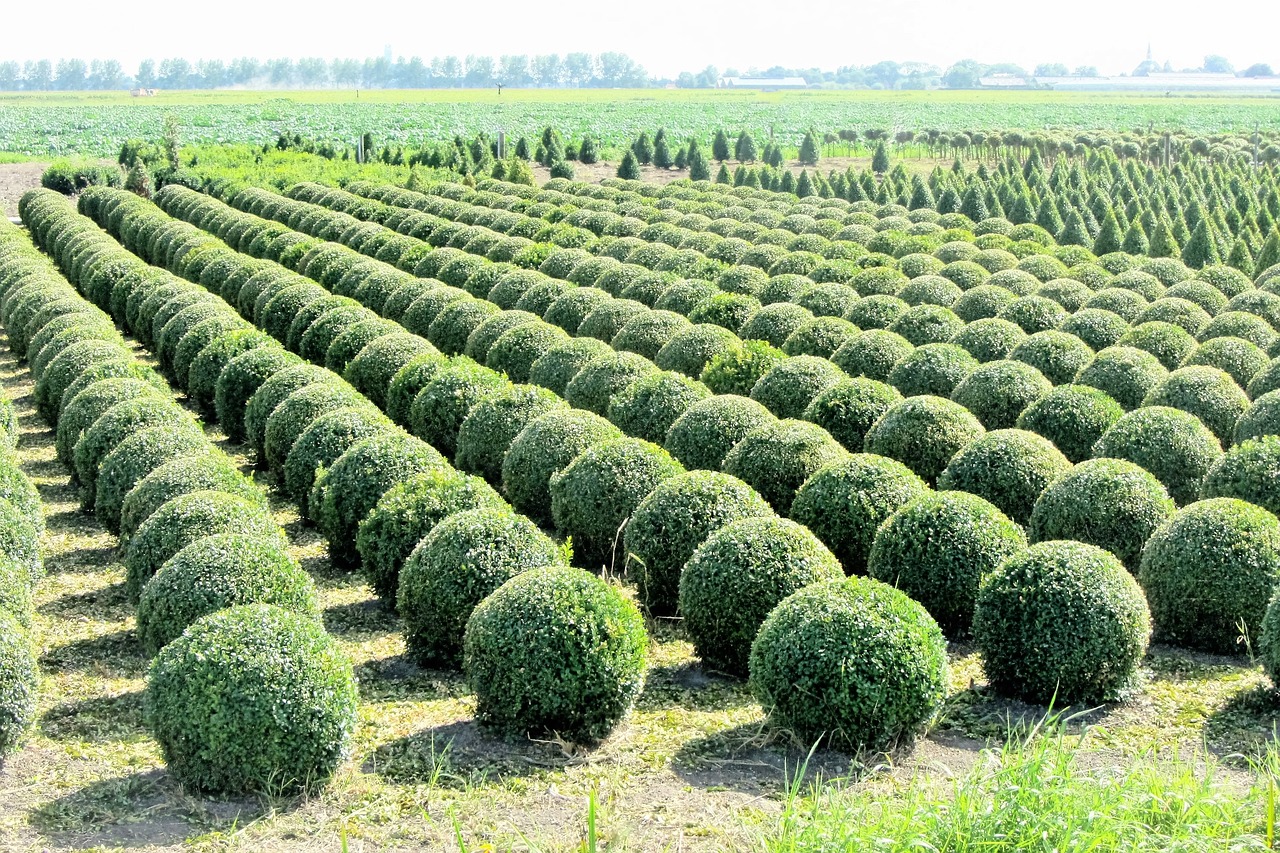
Table of Contents
Chances are you’ve seen or walked beside a boxwood shrub, as this is a favorite hedge in the neighborhood. Boxwood shrubs are a timeless classic in the world of gardening and landscaping, admired for their versatility, attractive appearance, and ability to be shaped into a variety of forms.
If you’re looking to create formal hedges, topiaries, or an accent plant in a garden, read on to find out how to grow a boxwood shrub like a pro.
What is a Boxwood Shrub?
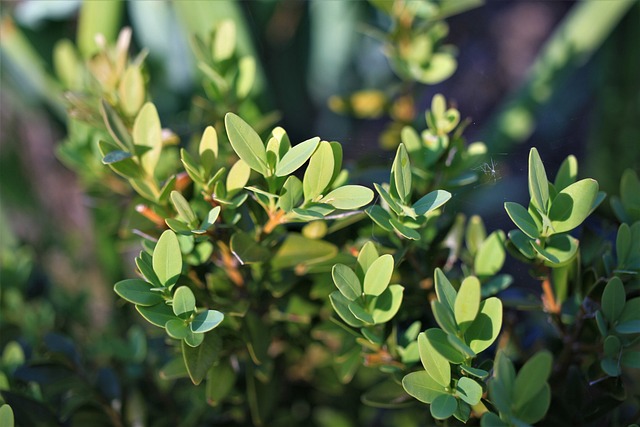
Boxwood shrubs or the buxus genus are popular for gardens and landscapes. It’s a well-known broadleaf evergreen shrub and a native in countries like South America, Europe, Asia, and Africa. It grows as tall and wide as two to eight feet tall and has hundreds of varieties, but only a few selections are offered in nurseries and garden centers.
Boxwood shrubs have a rich history that dates back thousands of years. The ancient Egyptians, Greeks, and Romans used boxwood in their gardens and for making various objects, such as combs, chess pieces, and musical instruments. During the Renaissance era in Europe, boxwood was prized for its fine-grained wood, which was used in intricate carvings and inlay work.
In the 17th and 18th centuries, boxwood became a popular plant for creating formal hedges and topiaries in English gardens. Today, boxwood shrubs continue to be a popular choice for landscaping and gardening due to their attractive appearance, versatility, and longevity.
Boxwoods are used as hedges, edgings, borders, specimen plants, or topiaries. Large shrubs or small trees are used in casual and formal gardens. Boxwood shrubs add structure during the winter and are an excellent backdrop for the summer.
In recent times, the plant has faced challenges in recent years due to disease and invasive pest infestations.
How to Grow a Boxwood Shrub
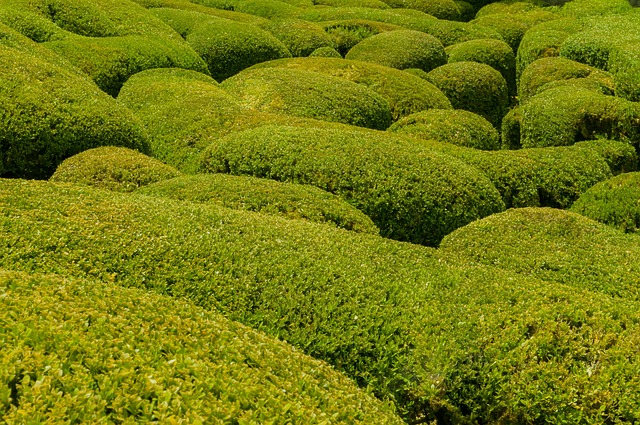
You don’t have to be an expert gardener to grow a boxwood shrub. It’s easy-to-handle boxwood, and if you take note of the important elements listed below, you’ll get a healthy shrub in your backyard.
1. Soil
Boxwood shrub grows on a variety of alkaline soil that drains easily, but it thrives on sandy loam. What it can’t stand is its roots soaked in wet soil. To avoid this, prepare the soil by mixing peat moss and manure or any organic matter. You can plant on a berm and loosen the soil by adding topsoil.
2. Drainage
It’s best to avoid planting boxwood shrubs on wet areas, former swamp lands, low-lying landscapes, or along downspouts. If you grow them in containers, ensure it has drainage provision to avoid root diseases. Winter months may dry out or freeze the bottom of the shrub containers, therefore it’s best to move to a covered or warmer spot.
3. Light
Boxwood shrubs thrive on full sun exposure for five to six hours. It can also survive in partial shade or afternoon shade. Sheltered by trees, the roots like the cooler soil temperatures.
4. Water
One thing you should avoid is overwatering because it causes root diseases. But underwatering causes stress on the boxwood shrub and exposes it to certain pests. Weekly deep watering is done for the first two years because the moisture should reach the roots. When the shrub matures, you can do two-four weeks of deep watering.
- The first year requires regular irrigation during the hot and dry weather.
- The second year requires water if there is less rainfall because the shrub is developing healthy roots.
- At the third year of maturity, boxwood will need supplemental irrigation during dry conditions.
Proper Care for Boxwood Shrub

Part of growing your boxwood shrub is to ensure it stays healthy and lasts through the passing seasons. Below is a list of simple reminders for the proper care of your boxwood shrub.
1. Protect Boxwood Roots
Remember the roots are shallow and must be protected from heat. But it also needs to be sheltered from winds. Prepare three inches thick of organic garden mulch made of sawdust, compost, or paper to cover the shrub. Maintain two inches of mulch distance from the trunk to keep away pests and diseases.
2. Prune the Shrub
Many boxwood shrubs have been cross-bred to be compact and healthier. This is different from the older variety. You must remove the diseased branch to avoid infecting the rest of the shrub. You can tell it is dying and needs to be shipped out. The color and the texture of the shrub are no longer green and turning yellowish-brown. Trimming allows you to control the height and the reach of the shrub in your space.
3. Fertilize Boxwood as Needed
There is no need to fertilize a boxwood shrub as a few flowers grow. If you want to ensure a healthy shrub, apply a balanced slow-release fertilizer once or twice a year. You can add manure during the fall season, but that’s about it.
Watch Out for Diseases in Boxwood Shrubs
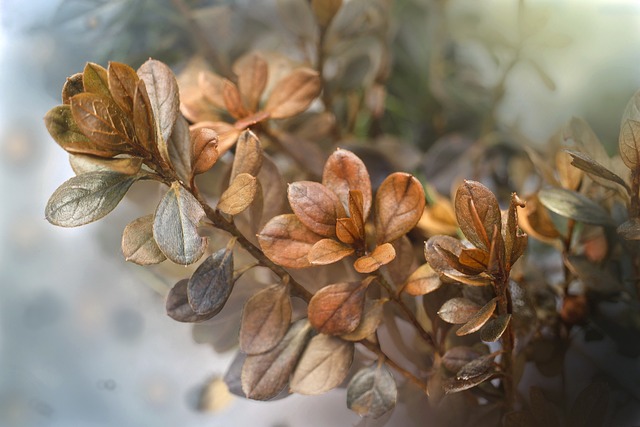
Boxwood shrubs are not exempt from diseases from nature’s elements. In some instances, you can intervene and apply a fungicide to stop the spread of the disease. But for others, you’ll have to cut it out or extract the shrub to avoid spreading the infection to the Boxwood shrub and other plants.
| Volutella Blight | Phytophthora | Boxwood Blight | |
| Symptoms | The branch tips turn red, bronze, and yellow before it dies | The wet and compacted soil causes the branch to turn dull, pale green, and tan before it wilts away. | The branch has leaf spots and stems cankers before the leaves drop. |
| What To Do | Increase air circulation by trimming and thinning | Apply systemic fungicide to the soil but replant the healthy shrub in another area. | Extract the diseased plant before it infects the others and discard it. |
Pests That Attack Boxwood Shrubs
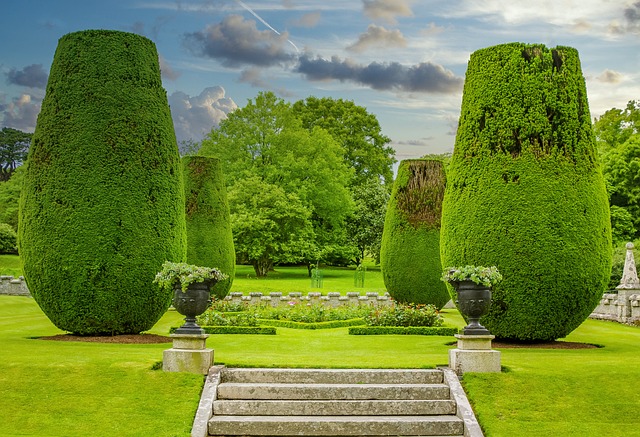
Like any plant or shrub, some pests attack the boxwood shrub. We’ve made a list to describe how they look. By early detection, you’ll know how to save the rest of your shrub and avoid a pest build-up in your backyard.
| Leafminer | Psyllids | Nematodes | |
| How they look | Leaf flies | Small Insects | Tiny worms |
| Damage | It creates small blisters filled with maggots on the leaves. It builds tunnels in the leaves that cause them to fall off. | Feed on sap that causes the leaves to cup. | Eat plant roots that cause the shrub to turn brownish bronze. |
| What To Do | Prune off any growth in the spring | Prune damaged branches. Spray new leaves with soap or horticultural oil during spring. | Do proper watering, mulching, and fertilizing |
| Insecticide Used | Suffrutticosa | System insecticide on the soil |
FAQs on Boxwood Shrubs
Boxwood shrubs are evergreen plants with small, glossy leaves that are often used for hedges, topiaries, and landscaping. They are hardy and can thrive in a variety of growing conditions.
The best time to plant Boxwood shrubs is in the fall or early spring when the soil is moist, and temperatures are mild.
Boxwood shrubs prefer partial shade to full sun. They can tolerate some shade, but too much shade can lead to poor growth and susceptibility to disease.
Boxwood shrubs require regular watering, especially during hot and dry periods. Water deeply and frequently to keep the soil moist but not waterlogged.
Boxwood shrubs can benefit from regular fertilization with a balanced fertilizer. Apply fertilizer in the spring and fall, following the manufacturer’s instructions for application rates.
Common pests and diseases that affect Boxwood shrubs include boxwood leafminer, boxwood psyllid, boxwood blight, and root rot. Proper pruning, watering, and fertilization can help prevent these issues.
Boxwood shrubs can be pruned in early spring or late summer. Prune to maintain the desired shape and size and remove any dead or diseased branches.
Yes, Boxwood shrubs can be grown in containers. Use a well-drained potting mix and be sure to water and fertilize regularly.
Boxwood shrubs can be used in a variety of landscaping styles, from formal to cottage garden. They can be used for hedges, topiaries, borders, and accent plants.
Alternative plants to Boxwood shrubs for landscaping include yew, holly, juniper, euonymus, and Japanese holly.
Wrapping Up
Growing a boxwood shrub is an effortless process. Ensuring you do the correct soil preparation, placement, and watering schedule will give you a nice and healthy shrub. It’s best to be alert to the pests and diseases of boxwood shrubs so you can provide the proper care and prevention to eliminate bigger problems if left unattended. Now that you know the key steps on how to grow boxwood shrubs, why not venture out and add this feature plant to your garden.






